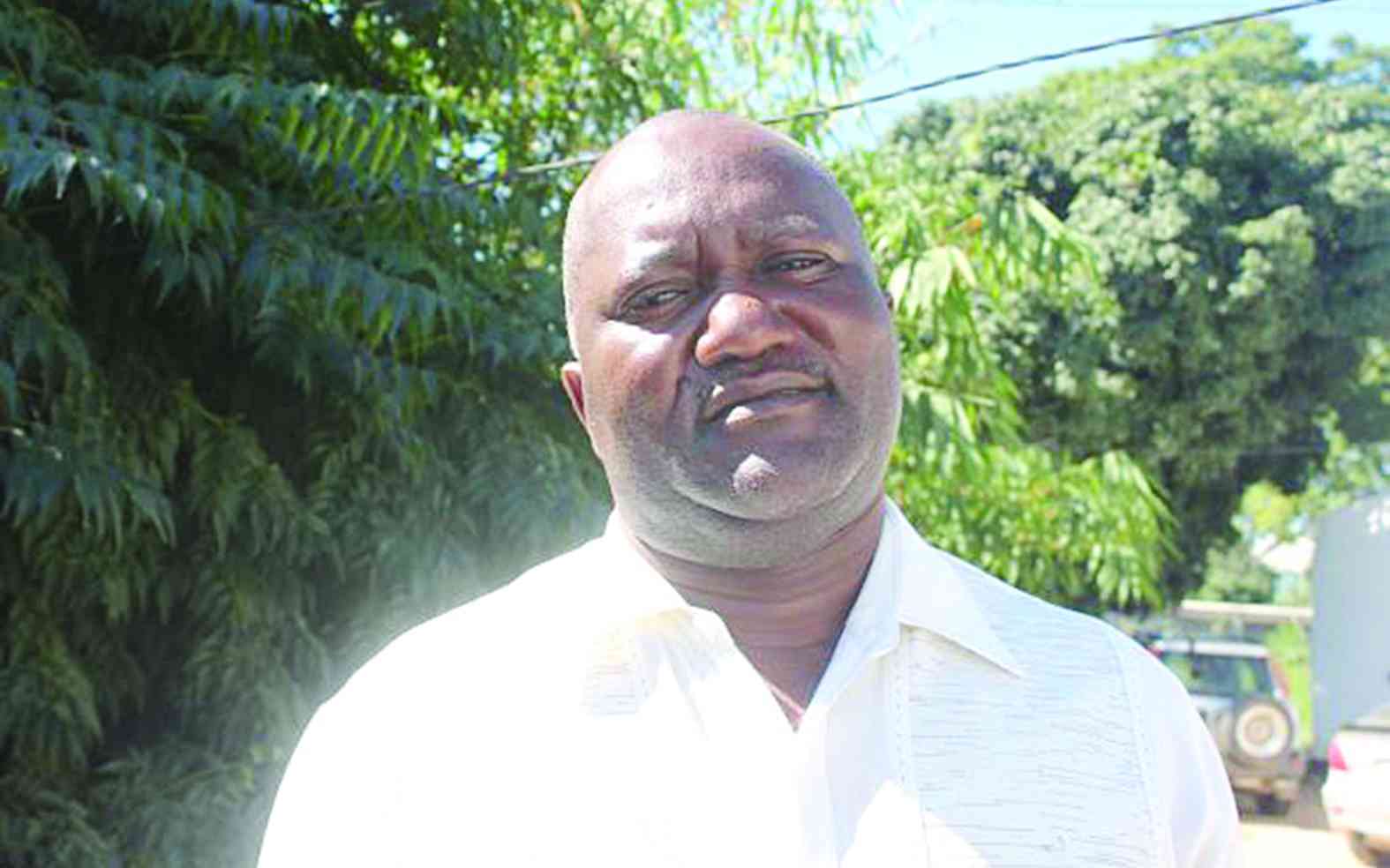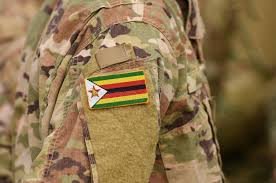
Prominent historian Phathisa Nyathi says reports that they discovered Ndebele King Lobengula’s tomb in Zambia were not true as they only saw the mountain where he is said to have settled after leaving Zimbabwe.
Last week there were reports in the state-controlled media that Nyathi led a delegation to Zambia where they discovered that Lobengula was entombed at Sanjika cave in line with traditional Ndebele customs.
The trip was funded by President Emmerson Mnangagwa.
No further details were given about the alleged discovery and death of the Ndebele king.
History shows that the second and last official Ndebele king was last seen on December 4, 1893 after the Pupu battle in Matabeleland North’s Lupane area.
In an interview with South Eye on Sunday, Nyathi denied claims that they discovered King Lobengula’s tomb during their visit to Zambia.
“The statement is not correct,” he said.
“What we saw was Sanjika mountain where the king lived.
- Edutainment mix: Indigenous knowledge in the aesthetics of art
- Africa not yet free: Nyathi
- We didn’t see Lobengula’s tomb, says Nyathi
- Out & about: A ‘smokey flavoured’ Lookbook, with a ‘spicy undertone taste’
Keep Reading
“We saw the locality where the king lived after crossing to Zambia and he lived in a mountain.
“We were standing on the foot of the mountain. We didn’t go up the mountain.”
Nyathi was accompanied to Zambia by the descendants of the Khumalo clan, National Museums and Monuments of Zimbabwe researcher Senzeni Khumalo and deputy chief secretary in the Office of the President and Cabinet in charge of social services Paul Damasane
“We didn’t climb the mountain. We only saw the locality. No tomb was discovered,” he said.
“It's important to understand how King Lobengula fled the country, he probably didn’t settle in one place.”
Last week, the Khumalo clan told VOA Zimbabwe Service that Mnangagwa had touched a raw nerve “because in our culture we don’t talk openly about a king’s grave, especially that of King Lobengula.”
According to historians, King Lobengula's footsteps disappeared soon after crossing the Shangani River after the Pupu Battle.
It is believed that Lobengula was born sometime in 1834 as Lobengula Khumalo
His father was Mzilikazi Khumalo, who was the first king of the Ndebele people.
Lobengula was crowned as the Ndebele king in September 1868 after the death of his father.
It was reported that disputes arose over his legitimacy to be the Ndebele king considering that his mother was a Swazi Princess.
He was, however, sworn in as king and was coronated in 1869.
In July 1893, the Anglo-Ndebele war broke out during which the Ndebele army was defeated at Shangaani and Bembezi and Lobengula set his capital in Old Bulawayo on fire and escaped.
It is believed that Lobengula died in 1894, but the cause of his death is still unknown.
Some have argued that he succumbed to smallpox after he fled his capital heading northwards towards the Zambezi River.









